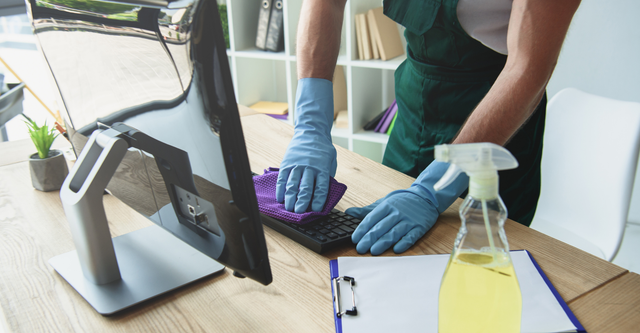Solid plastering has been in vogue from ancient times and historical evidence points to primitive population plastering mud over the framework of reeds and sticks for enclosing a protective structure in a bid to keep away the elements. In Egypt, the Pharaohs used plastering in pyramids and palaces. Historians also tell us that this kind of plasterwork and the decorations on it has stood the test of time for over 4000 years with the plaster surfaces existing to this day in a durable and hard state.
Table of Contents
Early days of plastering
Researchers also indicate that principal tools employed in plastering by the ancient Egyptians were identical to the tools we see in modern-day plastering. Calcined gypsum similar to Plaster of Paris we see today was used by the Egyptians for the finest plasterwork. Interestingly, the method of applying plaster has also remained the same over the centuries. Even in the ancient times, hair was employed to lend strength to the plaster while plastering on reeds. This practice is similar to what we use while plastering on the lath. The word ‘plaster’ has its origin in the Greek language and the word means ‘to daub on’. Early users of plaster were apparently aware of the sanitary value of plastering. Plastering provided great protection apart from a surface that lent itself to various methods of decorating, particularly because of its smooth surface and density. In later years, sand and lime were combined to make a mortar for covering masonry walls, ceilings and reed lath. The antiseptic properties of lime were also beneficially exploited during this period.
Plaster as a fire retardant
Plaster also gained recognition as viable protection from fire. During the 13th century, the fire retardant properties of plastering were demonstrated in several fires which ravaged London. Consequently, the then King also ordered that all buildings should have their walls plastered and homes that could not comply with the direction within a specific period were to be demolished. Between the 13th century and 16th century, the skills of plasterers also rose to unprecedented heights. From nearly the first time plaster was ever used sand and lime mortar was employed for basic plain jobs of covering ceilings and walls. About 2 weeks was required for this mortar to set (harden). For faster setting, gypsum plaster was found to be more suitable. However, the cost of gypsum for ordinary work was prohibitive and therefore it was used more for ornamental work or getting imitation marble finish which is a skill that Italian artisans developed during the 15th century.
Gypsum as a fast setting plastering material
In the early 20th century, modern methods of the process came into existence and gradually lime gave way to gypsum plaster as a binding agent with sand in the plastering mortar. The rate at which this mortar sets could be controlled which means the plasterer could build layers/coats of plaster in a few hours as opposed to several days and weeks consumed by lime mortar. Thus speed has become an important component in the further development of this craft.
Portland cement is born
Yet another important invention that impacted plastering in general and solid plastering was Portland cement in the year 1824 in England. What most of us do know today is plastering using a mix of sand and Portland cement. Gypsum based products and plaster of Paris continue to be used more for embellishing the cement-based plaster and creating decorative elements. Modern-day plasterers extensively use the cement sand mix mortar for plastering.
Precautions necessary while plastering
Let us now consider some of the precautions you need to take while undertaking solid plastering and other types of plastering work:
Scaffolding
Appropriate scaffolding in steel/wood should be created for internal walls before plastering work. For external areas, the scaffolding should be in double steel and strong enough to withstand the load that comes on it.
Services integration
Electrical conduits, HVAC, plumbing, and similar services should be installed and finished properly before commencing the plastering work. Any sleeves and grooves identified in the drawing should also be finished in a right line, position and level, or following directions of the engineer. The scaffolding sleeves should also be finished appropriately and properly cured. This will help in minimizing leakage issues with the structure.
Workmanship issues
Proper surface preparation is essential for any plastering job. Joints in the brick wall need correct racking out and the loose mortar or dust should be cleaned by scraping or brushing. After this, the surface should be thoroughly washed with water, cleaned and allowed to stay wet till the plastering starts. Sand used in plastering should be screened through an appropriate mesh and the mortar should be mixed according to specification.
Post plastering care
The floor and door frame area should be cleaned thoroughly after plastering is completed. Allowing the mortar particles to stay will make them hard and removing can be bothersome after a few hours. Similarly, cutting should start once the plaster is hard enough and must be continued for a minimum of 7 days.
Safety elements
Have a written document for handling, cleaning and placing materials. Ensure that protective equipment like safety belts, helmet, goggles, hand gloves, rubber shoes and first aid kit are available at the site. Provide appropriate lighting and ensure adequate ventilation.
Conclusion
Engaging licensed and experienced professionals is the best way to ensure flawless plastering work.





